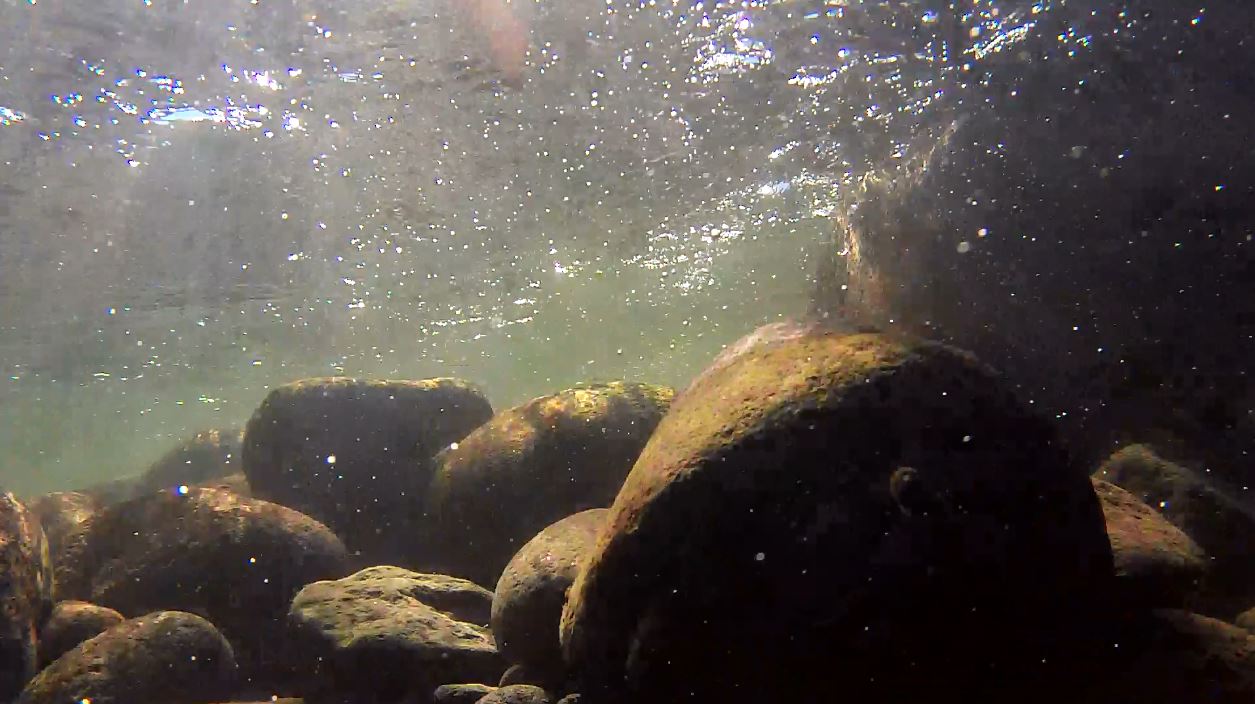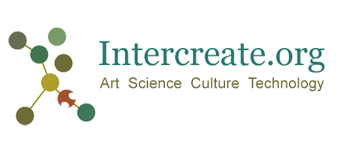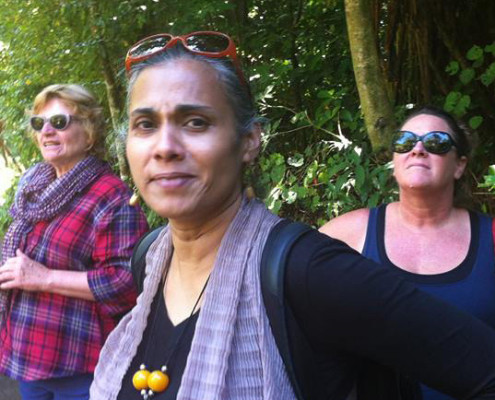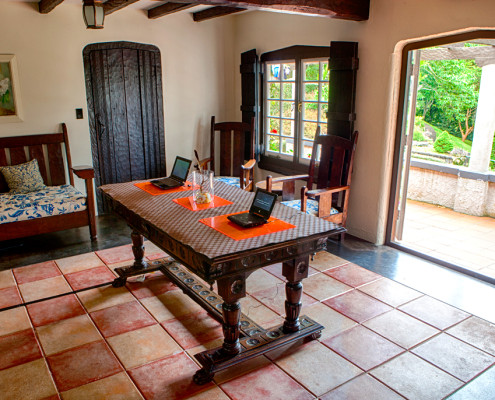Water and the Local Community

About the Project for SCANZ
Public art should function within the public realm. Its critique negotiates a series of overlapping issues extending from urban hierarchies, diversity, to operations of power. As a cultural practitioner I prefer to address these questions through the agency of art in non-art realms and bring forth aspects of livability and sustainability within a community through user-centered strategies of participatory practice. Such a discourse necessarily engages with horizontal relations, of talking with someone rather than to (or at) them. It is in this way that praxis can be thought of as human potential, a process of opening, of transformation and mutual reinforcement.
For SCANZ2015, I propose to work within a community were water has a distinct significance either in terms of ancient/ indigenous knowledge, cultural values, metaphysical connections, or political/social contentions.
From my past experiences of working with commmunities and in new/ unfamiliar locations to come with a preconceived project when approaching a community that one is hoping to collaborate with is not always real or seems like a ‘top down approach’. I prefer a serendipitous process that will evolve with discussions between the community members, curators, and me that can shape the outcomes of the project in accordance to the thoughts of all involved through discourse while exploring ideas of exchange, accessibility and authorship.
To be in dialogue with others is to find meaning in one’s experience. Encounters of this kind envision a world, which is comprised of subjects rather than objects and such subjects are equally capable of being co-creative and making shared meanings.
Living in the world that we are, that is fast depleting its resources, interdependency and connectivity have become key issues for survival, but are regrettably virtual. ‘The next world war if fought will be over fresh potable water’ is an ominous prediction that is being reiterated by many a scholars and organisations. Privatization of water, change in patterns of land use, sustainable development and circumventing greed for a shared future, peace and respect for all living beings is what we as communities need to urgently address. The importance of water has a shared reverence across cultures. Civilisations have flourished around water bodies both historically and in contemporary times. In the Vedic philosophy water is one of the panchamahabhutas- the same laws of nature which govern the elements and their interactions in the world must necessarily govern the elements within our bodies.
‘Changing Currents’ (2006) was a multi media, cross- disciplinary event focusing on the various water related issues in the urban and rural environments in India. This was conceptualized and executed by Open Circle in collaboration with the Narmada Bachao Andolan and the National Alliance of Peoples Movement was a knowledge gathering project where politics of water were addressed ranging from pollution, conservation, irrigation, building of mega dams and their detrimental effects on environments and displacement of communities, coastal water management, fisheries, depleting of water tables by multinationals to water rights.
‘Mrigajal – The Mirage’ (2010) scrutinized the uses of place and site as they relate to questions of identity, memory and civic issues through the political paradigms of water. This intervention was part of ‘The Fluid City’, a public art project co-curated by the Mohile Parikh Center and ArtOxygen, which invited artists to respond to the paradoxical role that water plays in the city of Bombay/Mumbai, raising questions of excess, desire and denial of this precious natural resource and urban futures. I invited Dr. Amar Joshi, a water diviner and geologist, this intervention employed both divinatory and scientific techniques to locate existing water bodies that still lie under the city, now veiled by buildings, roads, slums and encroachments. There by interrogating the history of water bodies and its unequal distribution in the city while marking two contrasted sites: the elite area of Kala Ghoda (Fort) and the disadvantaged slum area, Annabhau Sathe Nagar, Mankhurd.
One of my recent projects The Wasteland (2012), in Taranaki on a residency, outside my personal geographical context I had proposed to look at ancient mythologies and whakapapa (genealogies) evoked through water as a sacred element in Maoridom. Centred on the Waiwhakaiho river, I tried to pursue cross-cultural encounters with local kaumatua and tangata whenua to record personal relationships and histories that connect ancestry with landscape, comment on present-day constraining of traditional values and knowledge, and attempted to warn of impacts our actions have for our land and futures.
In the current project in Wales, I looked at the water as a means of provocation and the strength of dissent. The village of Capel Celyn in the Afon Tryweryn Valley, North Wales , was ( despite much resilient opposition) demolished then flooded to create a reservoir to supply Liverpool with water. This immense incitement in 1959-65 changed the emotional and political landscape of the Welsh people for ever. Many, stung by the betrayal of one of the last remaining heartlands of Welsh culture and Welsh language, reacted politically. The act roused nation wide protests and reassertion of Welsh identity following this welsh language was introduced in all schools in Wales the public signs were bilingual.
Artist Bio
Sharmila Samant was born in Bombay in 1967 where she undertook her art education, graduating with a Batchelor of Fine Arts from Sir J.J. School of Fine Arts in 1989, followed by an IDD (Diploma in Interior Design and Decoration) in 1990 from LS Raheja College of Architecture. She currently lives and works in Mumbai where she is active on the arts scene as a founder of the Open Circle artists initiative. She has been selected for important international artists residencies: Gasworks, London in 2001 and the Rijksakademie in Amsterdam 1998-00. Her installations and video works deal with issues of identity within a global context and have been included in many major international exhibitions including the influential ‘Century City’ at Tate Modern in 2001.
Associated Project
Sharmila Samant was a collaborator on the project The River Speaks which united live river data with audio files via the internet. Some of the audio was contributed by the artist, and video of the Waiwhakaiho River was also included in the project website.














